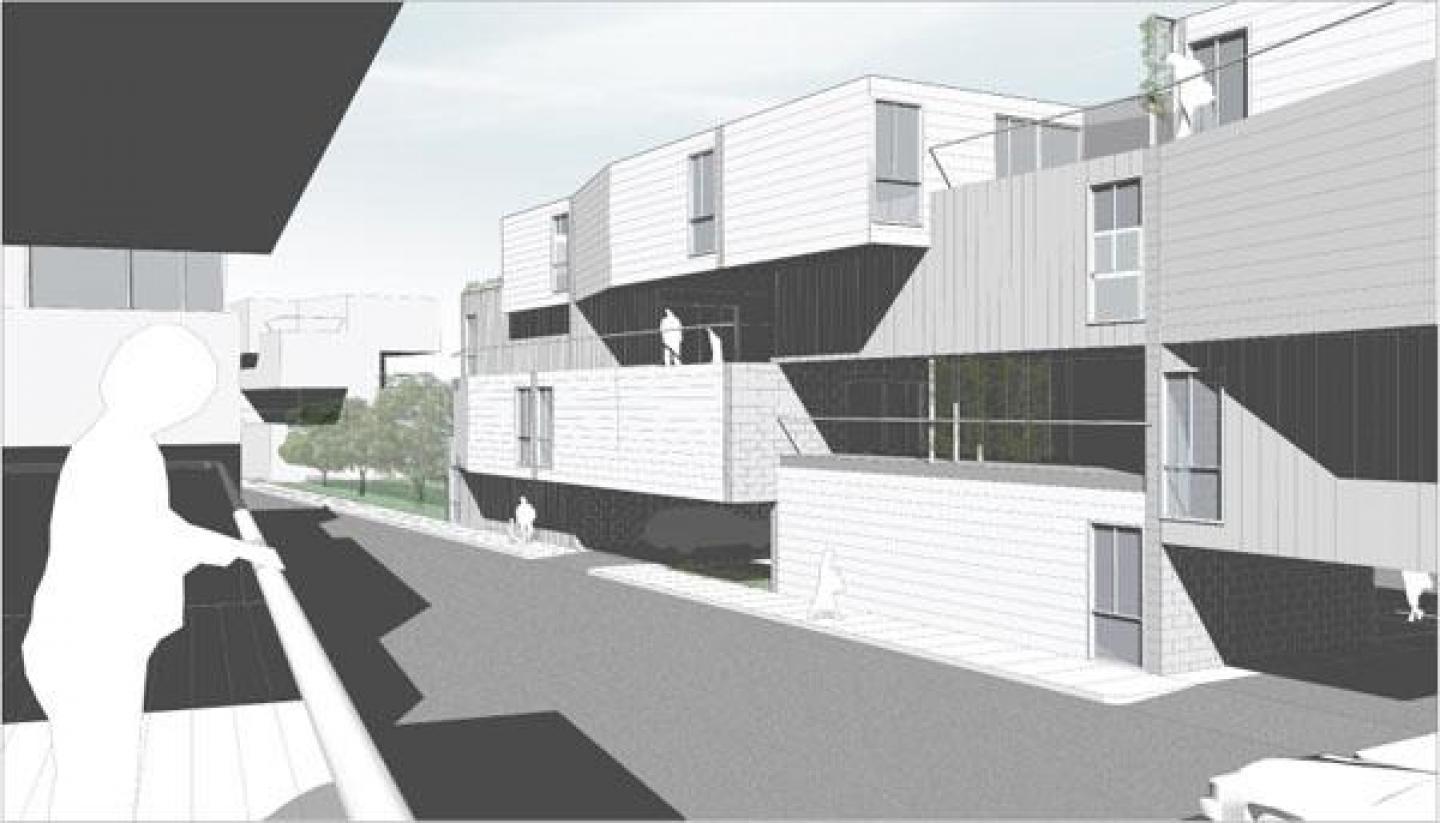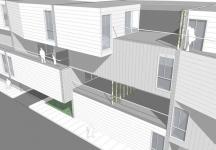The worldwide exponential population growths has lead major cities, such as Tokyo and Beijing, to reach critical mass - defined as “the boundary when an urban model entails a new state as it reaches its optimum size”, by Mark Lee, in Critical Mass at the Fringe - and proven the American horizontal proliferation model to be frivolous.
A city such as Tijuana, characterized by its dense pile up proliferation and ad-hoc expedience {see Chapter 2-3, Density City: A Guide Towards Tijuana}, is an urban environment where the effects of such rapid population growth are very discernible. Low Rise Housing developments, borrowing from American suburban models, expand horizontally throughout the lofty Tijuana landscape, while irregular settlements pile up in any open piece of land. In other words, Tijuanians build rapidly and in an additive manner {as they can afford to}, wherever they can.
This project then proposes to abandon the common master planning methods in favor of a bottom-up approach. A system of highly defined rules is set up with the objective of defining a new hyper dense low rise housing typology that allows for flexibility and adaptability to varying demands and site conditions. In essence the main objective of the project is to systematize the “improvised” building methodology of tijuanians.
2005




.jpg)
